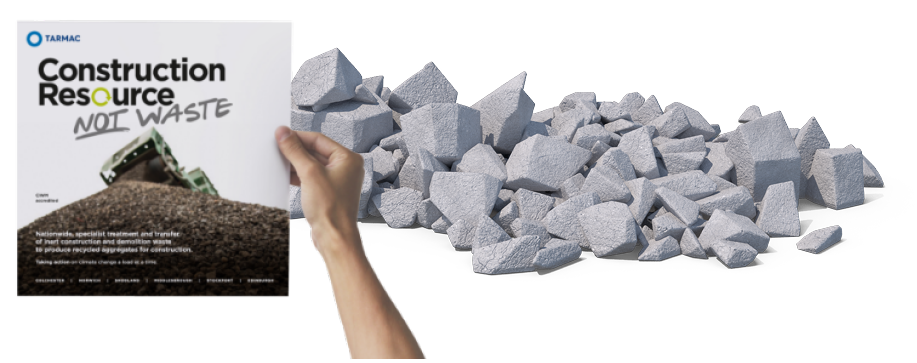Circular Construction
Circularity of construction materials is essential to advance Net Zero delivery.
“Industry owes it to society to conserve materials in every possible way.”
Not only for the element of cost in the manufactured article but mostly for the conservation of those materials whose production and transportation are laying an increasing burden on society.
Sound familiar? You could well hear it at an industry event today, however, it was said by Henry Ford, the American inventor and industrialist, in 1926.
Transitioning from a ‘take-make-waste’ linear economy to a circular economy, where waste is designed out and materials kept in use and reused across their lifecycle, is not a new concept. Today we hold the opportunity to drive material circularity across our building and infrastructure assets.
Circular construction strategies across the UK could potentially cut greenhouse gas emissions by 50%.
Circular Economy – what Tarmac is achieving
Find out more about Tarmac's approach to Circular Economy greenhouse gas emissions by 50%
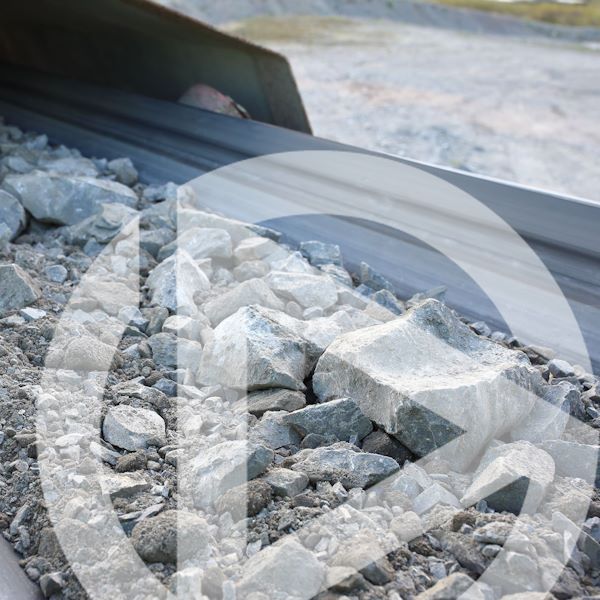

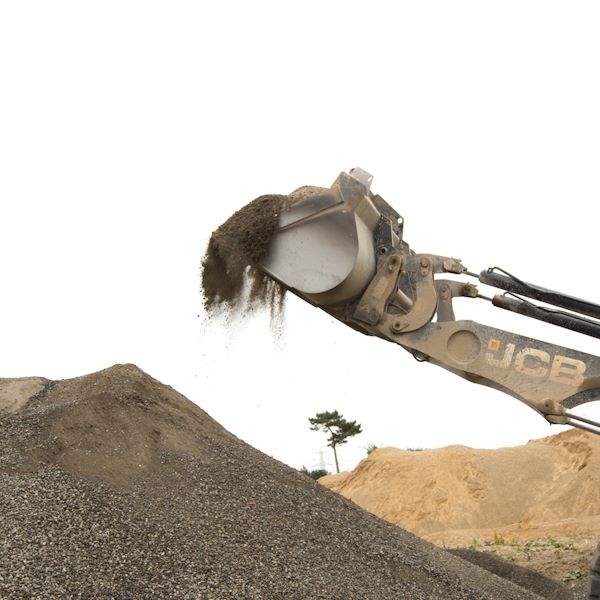


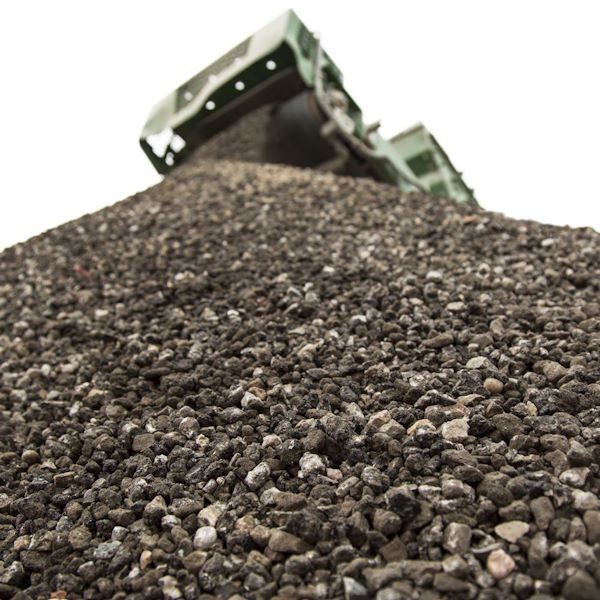
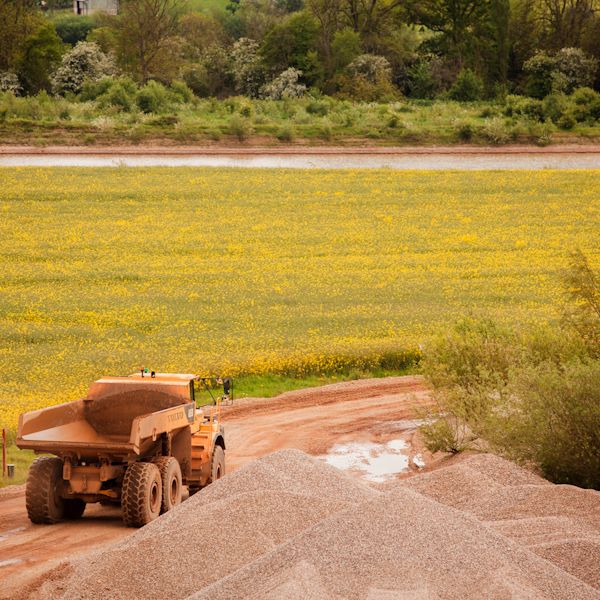
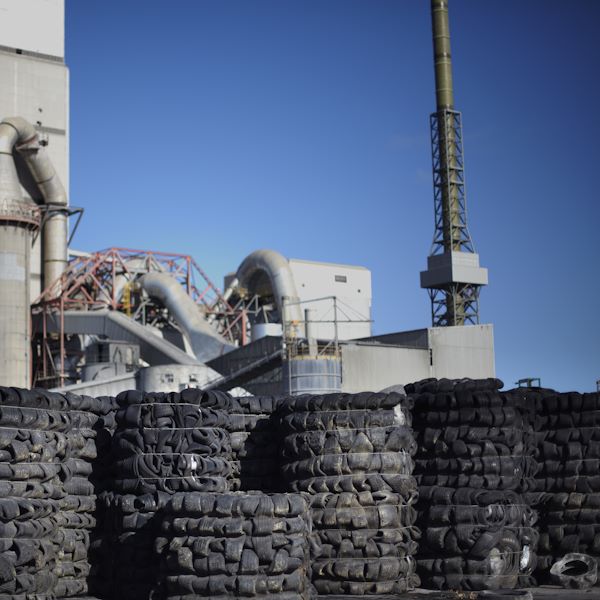
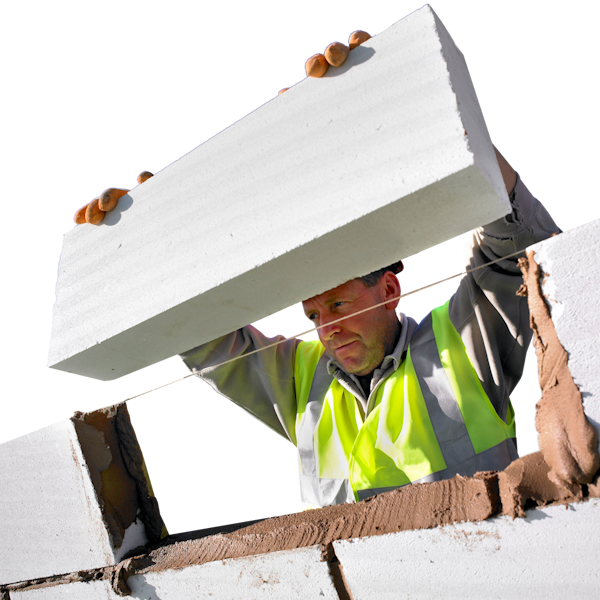
RAP recycled asphalt planings – circularity of roads
Product - Class 1A / 1B Recycled Aggregates
Developing and producing sustainable construction materials and solutions are key drivers of our planing business -
National Road Planing
Tarbound material
As well as quarrying existing road surfaces to extract the materials (RAP) for reuse we can also offer a recycling route for tarbound materials, mitigating the requirement for hazardous waste to landfill and associated cost implications.
By using proven foamed bitumen and cold paving technology, we can offer a ‘Virtual Quarry’ solution, providing closed loop recycling of existing road surfaces for use in sub surface reconstruction, practically eliminating site waste. This allows impressive reductions in both environmental impact and transport costs, for more sustainable project delivery, while maintaining the highest levels of quality and finish.
“Reimagining how materials are used to enhance the circular economy, our mission is to recover construction byproducts and waste and to reuse it sustainably to minimise the use of our natural raw materials.”
Steve Birch, Circularity Director
What is construction materials circularity?
Construction materials circularity refers to the practice of designing, producing, using, and recycling construction materials in a way that minimises waste and maximises the reuse of resources throughout the lifecycle of a building or infrastructure asset. It is part of the broader concept of a circular economy, where materials are kept in use for as long as possible, reducing the need for new raw materials and minimising environmental impact.
6 key elements of construction materials circularity include:
Design for Reuse and Recycling
Buildings and materials are designed to be easily dismantled, allowing components to be reused or recycled at the end of their life.
Material Efficiency
Reducing the amount of material used during construction without compromising structural integrity and using materials that have a lower environmental footprint.
Recycling and Reprocessing
Materials are recycled or repurposed instead of being sent to landfills.
Use of Renewable or Recycled Materials
Prioritising materials that are renewable, such as asphalt planings, or materials that have been recycled from other projects.
Extending the Life of Material
Ensuring that materials can be maintained, repaired, or upgraded to extend their lifecycle, reducing the need for replacements.
Reducing Embodied Carbon
By reusing materials or using low-carbon alternatives, circularity can help to reduce the emissions associated with the production and transport of construction materials (embodied carbon).
The overall goal of construction materials circularity is to create a closed-loop system where resources are continually cycled back into use, lowering environmental impacts, cutting waste, and reducing reliance on new material extraction.

Circularity of construction, demolition, and excavation waste
Our proven capability of landfill and recovery of construction waste is a key strategy supporting our sustainability commitments.
This closed loop aggregate manufacture further reinforces our drive to use the material and land assets we manage to best effect throughout all aspects of their lifecycle management.
It forms part of our sustainability framework and the range of innovative recycled solutions we offer are designed not just to reduce waste, but that actively contribute to improved circular economy performance and closed loop recycling.
We carefully reprocess clean inert construction wastes to manufacture a range of certified materials to feed into new construction programmes.
Products include:
- Recycled Type 1 and Type 2 fill
- 6F4 and 6F5 Capping layer
- 0 – 20mm Granulated asphalt
- Ultitrec recycled footpath materials
Make an Enquiry
Blocks recycling, reuse and circularity in action
Across our blocks business we are driving more sustainable operations and manufacture across all production lines. We recycle, reuse and in the case of aggregate blocks manufacture we have full circularity reusing blocks to make new.
Over 140kt of material is optimised to support efficient reuse and recycling.
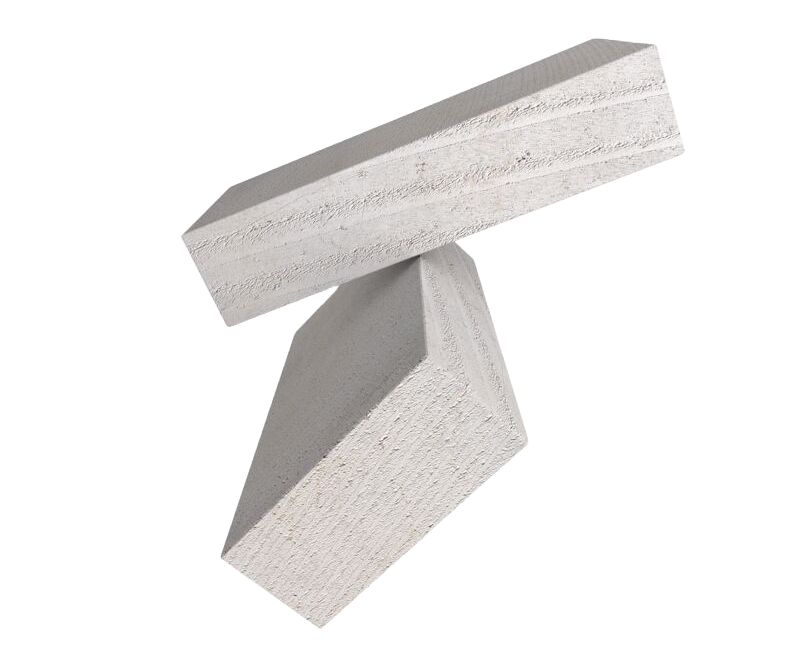
Aggregate block manufacturing
Straw Ash
Reclaimed ash from biomass combined heat and power plants.
Crushed Glass
Household waste glass and bottle collections are crushed into an aggregate to be substituted in for virgin aggregate.
Crushed Aircrete
Recycling and autoclaved material from the aircrete manufacturing process is reused as a lightweight aggregate in our Aggblock.
Reclaimed Asphalt filler dust
New innovation in 2024 is now operational at a number of sites to utilise the fine dust from driers that cannot be used in asphalt.
Crushed Aggregate Blocks
Any waste blocks from our process are crushed into a recycled aggregate and then used in subsequent batches therefore ensuring zero waste to landfill.
Aircrete Block manufacture
Green Aircrete
In the Aircrete manufacturing process we recycle all off cuts from every batch back into subsequent batches on a continuous cycle therefore ensuring zero waste before the autoclaving process. Any autocalved (cooked waste) is crushed and used as a lightweight aggregate in Agg Block products.
Foundry sand
Reclaimed sand used in the casting process for manufacturing cast iron products is reused in our manufacturing process.
Paper Ash - new for 2024
The introduction of reclaimed paper ash from the renewable energy sector will allow us to reduce some carbon intensive materials. Enabling both recycling and carbon reductions.
Reclaimed Sand
Reclaimed from a renewable energy plant process, we are trialing a new sand into our manufacturing process at our Alfreton plant.
With ambitions high to continue our circular and more sustainable construction we have recently introduced new admixture technology in Aircrete that will save over 3 million litres of fresh water annually.
That's enough water to make 20 million cups of tea.
A Framework for sustainability – Circularity in action
Adopting the concept of the circular economy allows a focus on designing out waste from every stage of a product’s life cycle and extending its useful life. The transition to a circular economy requires collaboration across the construction value chain as we seek to eliminate waste from our operations, recycle materials from other industries, and identify opportunities to conserve water.
FAQs
Why is circularity important to Tarmac?
Adopting the concept of the circular economy allows a focus on designing out waste from every stage of a product’s life cycle and extending its useful life. The transition to a circular economy requires collaboration across the construction value chain as we seek to eliminate waste from our operations, recycle materials from other industries, and identify opportunities to conserve water.
The circularity team at Tarmac will provide sustainable lower carbon solutions that will support our customers' needs and enable us to do more with what we have.
What is construction materials circularity, and why is it important?
Construction materials circularity refers to the sustainable management of construction materials through reuse, recycling, and waste reduction across the entire lifecycle of a building or infrastructure. It is important because it reduces the demand for new raw materials, cuts down on waste sent to landfills, and can lower the carbon footprint of construction projects by minimising embodied emissions. This approach supports long-term sustainability in the construction sector.
How can recycled asphalt (RAP) contribute to circularity in road construction?
Recycled asphalt can be reused in road construction through a process called Reclaimed Asphalt Pavement (RAP). Old asphalt from roads is milled, processed, and mixed with new asphalt to create a high-quality material for repaving. This reduces the need for new materials, conserves natural resources like bitumen and aggregate, and lowers the carbon footprint of road construction by reusing existing materials instead of creating new ones.
How does using recycled construction blocks support circularity in building projects?
Recycled construction blocks, made from waste materials such as crushed concrete or fly ash, help promote circularity by reducing the need for virgin raw materials like cement and sand. These blocks can be reused in new building projects, which conserves resources, cuts waste, and reduces greenhouse gas emissions associated with producing traditional concrete blocks. They also tend to have good insulation properties, contributing to energy efficiency in buildings.
How can circular approaches be applied to the use of concrete in construction?
Where a new structure or building is required, this should be designed to optimise future reuse, so embedding good circular economy practice. Here, the durability of concrete is an advantage. According to the design standards for a concrete frame located internally – in other words, in an environment classed as “low exposure” – no additional measures are required to achieve a service life of over 100 years compared to 50. (See BS 8500-1, tables A4 and A5, XC1 exposure class.) The inherent low maintenance requirements of a concrete structure, and its resilience to fire and the impacts of weather, mean that it can remain serviceable over a long period, with the potential for multiple reuses during its lifetime.
What role does design play in achieving circularity in construction materials?
Design plays a critical role in construction materials circularity by prioritising modularity, flexibility, and ease of disassembly. Buildings can be designed so that materials, such as steel, concrete, or timber, can be reused or recycled at the end of their life cycle. Thoughtful design also encourages the use of renewable, low-impact, or recycled materials from the outset, ensuring that the building has a reduced environmental footprint throughout its lifecycle.
“Construction, Demolition and Excavation waste is the often-forgotten resource, by maximising its reuse we can build a more sustainable future”
- Shane Davey
What goes around, Materials circularity and the huge opportunity it presents to Net Zero Construction
Jessica Tuck, National Technical Director
Recovery, resourcing the future – fulfilling your duty
Shane Davey - Recovery & Recycling Manager

